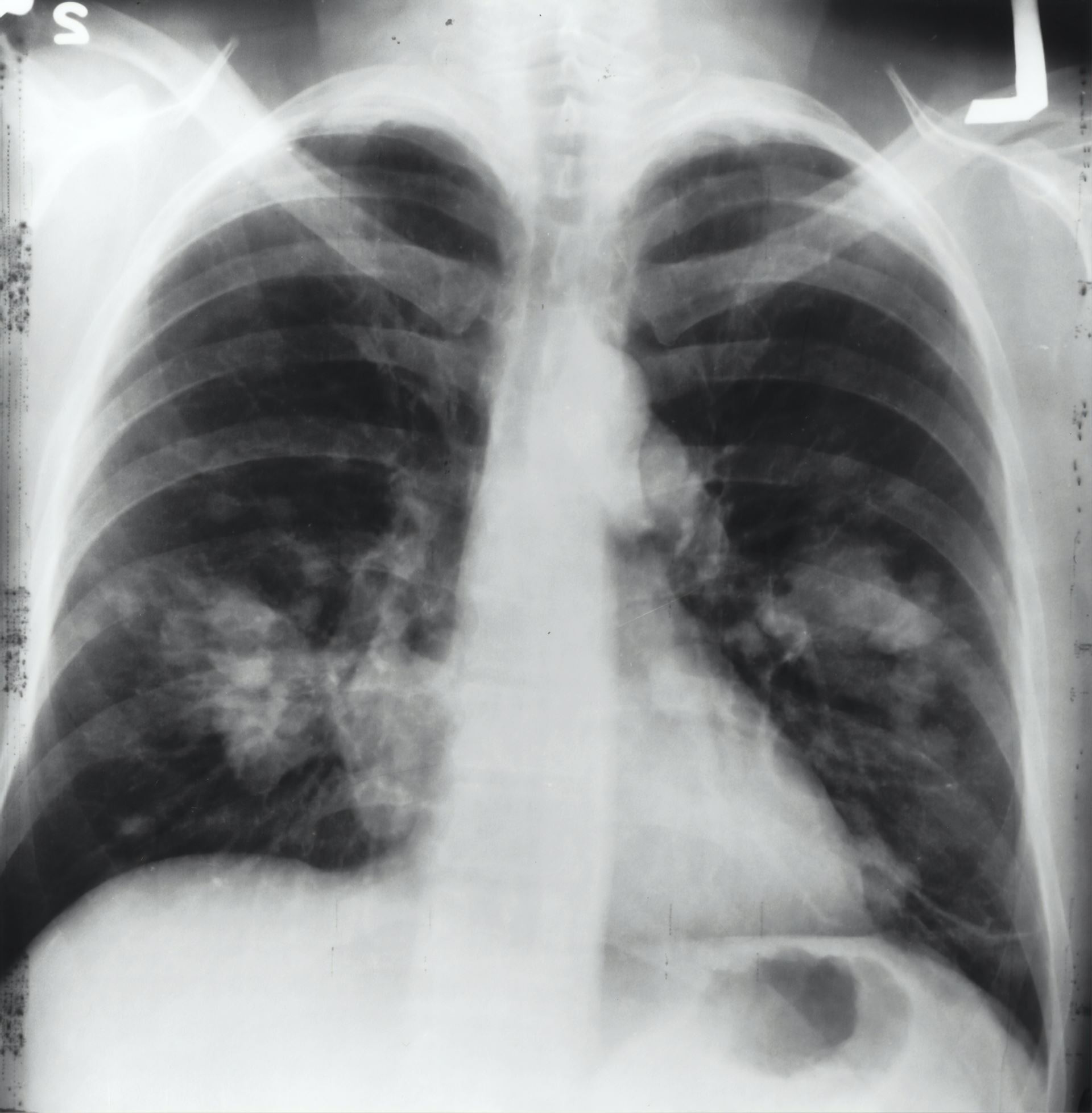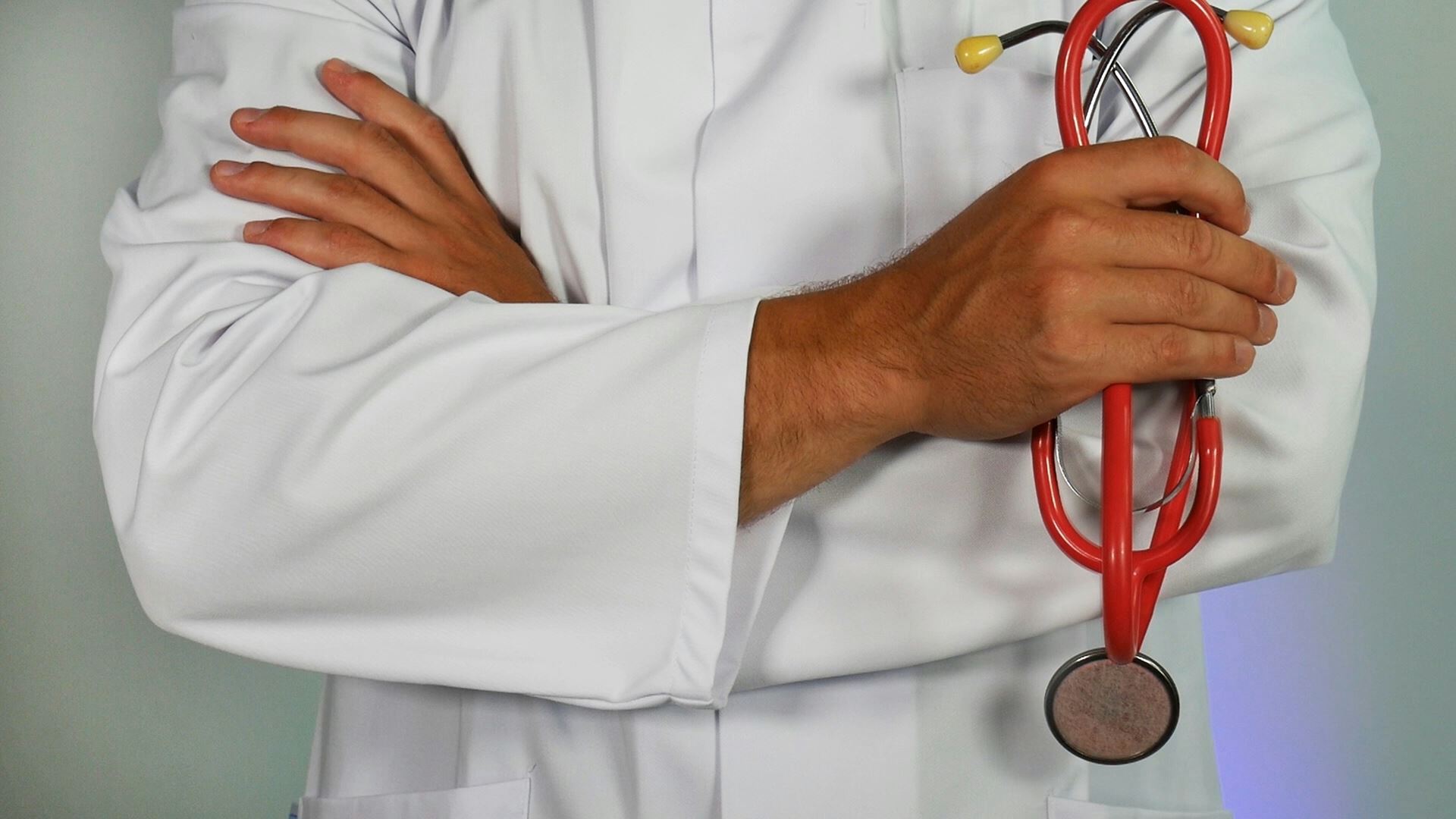COPD Review
My COPD Review
These reviews will take place either by Telephone or Video Consultation.
All patients with COPD should be seen by a clinician for an annual review. This includes spirometry testing. It is very important that you have regular reviews to check your medication and compliance.
What Will I Need To Bring/Prepare
On the day of the test you must be well and not have had any oral steroids or antibiotics or a cold in the past 4 weeks.
Please take your regular inhaler treatment on the day of the test including your blue inhaler.
On the day of your appointment please bring all your current medication with you.
The appointments can be booked either online by downloading the NHS app NHS App and your NHS account - NHS (www.nhs.uk) or by calling the surgery on 01772 503180.

At Your Annual COPD Review
The COPD appointment takes approximately 30 minutes
At your COPD Review the clinician will;
- Check your symptom control
- Review inhaler technique
- Check your lung function with a breathing test called a Spirometry
- Check oxygen saturation if required
- Check that you are up to date with your vaccinations
- Take your blood pressure
- Discuss positive lifestyle changes
What Does COPD Stand For?
Chronic = it’s a long-term condition and does not go away
Obstructive = your airways are narrowed, so it’s harder to breathe out quickly and air gets trapped in your chest
Pulmonary = it affects your lungs
Disease = it’s a medical condition
Two of these lung conditions are long-term (or chronic) bronchitis and emphysema, which can often occur together.
Bronchitis means the airways are inflamed and narrowed. People with bronchitis often produce sputum, or phlegm.
Emphysema affects the tiny air sacs at the end of the airways in your lungs, where oxygen is taken up into your bloodstream. They break down and the lungs become baggy and full of bigger holes which trap air.
These conditions narrow the airways. This makes it harder to move air in and out as you breathe, and your lungs are less able to take in oxygen and get rid of carbon dioxide.
The airways are lined by muscle and elastic tissue. In a healthy lung, the springy tissue between the airways acts as packing and pulls on the airways to keep them open.
With COPD, the airways are narrowed because:
- the lung tissue is damaged so there is less pull on the airways
- mucus blocks part of the airway
- the airway lining becomes inflamed and swollen
